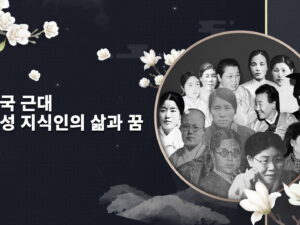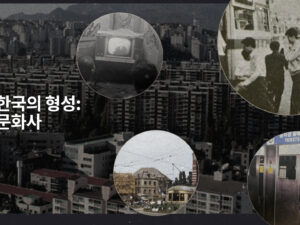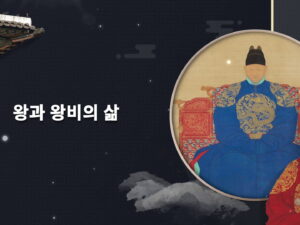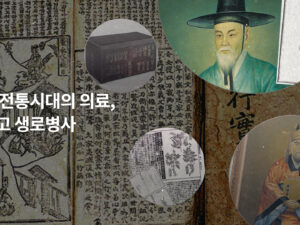Modern East Asian Society and Christianity
- Description
- Curriculum
- Notice
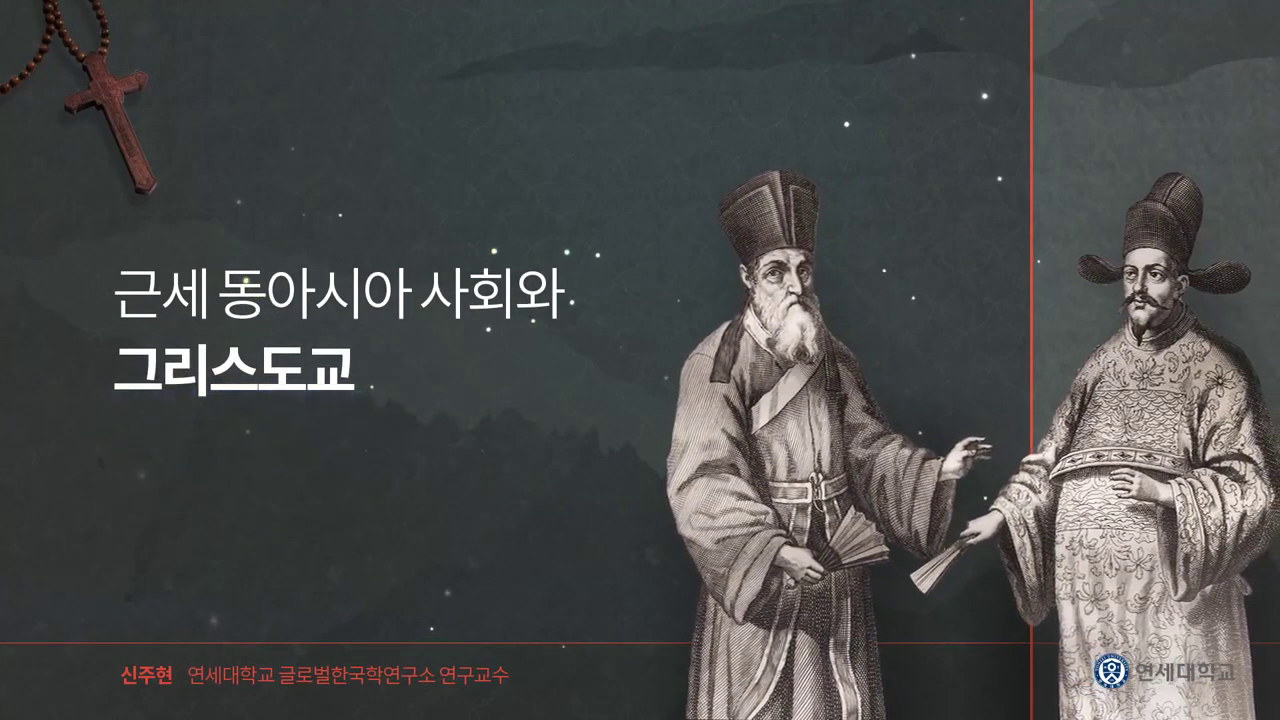
Course Introduction
This course examines the political and ideological conflicts over the acceptance of Christianity in modern East Asia from the 16th to the 18th centuries. Through this process, the course will provide a perspective on the interconnectedness of East Asia through the shared religious, ideological, and cultural heritages in Korea, China, and Japan.
Course Structure
This course consists of 10 weeks. Each week’s lecture consists of 4 to 6 videos. Non-video learning components such as quizzes, discussions, and supplementary reading materials will be provided each week. Students are required to watch the weekly lecture videos and complete the learning activities to be credited for the course requirements each week. In Week 10, students will read a designated book and write a review to enhance their understanding of the entire course.
Subtitles
Korean, English, Chinese
-
11-1. Introduction: Course Structure
-
21-2. Seo Hosu, a Joseon envoy, visited the Gravesite of a Foreign Missionary
-
31-3. Joseon Envoys’ Travels to Beijing Became the Key Route by Which Christianity Spread to Joseon
-
41-4. Yun Yuil, a Catholic Secret Messenger, Disguised as a Horseman
-
51-5. The Edict of Banning Rituals of Ancestor Worship and Its Aftermath
-
62-1. Critics on the Conventional Narrative of the Spread of Christianity in East Asia
-
72-2. Politics in Japan during the Warring States Period and the Introduction of Catholicism
-
82-3. Political and Intellectual Currents of Late Ming and the Acceptance of Christianity
-
92-4. Intellectual Trend of Late Joseon and the Acceptance of Christianity
-
102-5. Summary and Conclusion: From “Spread” to “Acceptance”
-
113-1. What is the Accommodation Policy of the Jesuits
-
123-2. Classical Chinese Books on Western Learning are the Collaborative Works Between the East and the West
-
133-3. Matteo Ricci’s Accommodation Policy and Classical Chinese Books on Western Learning (1)
-
143-4. Matteo Ricci’s Accommodation Policy and Classical Chinese Books on Western Learning (2)
-
153-5. Spread of Classical Chinese Books on Western Learning in Joseon
-
215-1. Introduction: The Imjin War, an International War in East Asia
-
225-2. Japan’s Slave Trade and Joseon Prisoners of War
-
235-3. Joseon Prisoners of War Accepted Christianity
-
245-4. Gregorio Cespedes, the First Jesuit Prest Who Came to Korea
-
255-5. Xu Guangqi’s Argument for the Supervision of Joseon
-
266-1. Introduction: Light and Shadow
-
276-2. Hidden Helpers in the History of the Spread of Christianity in East Asia
-
286-3. Michele Ruggieri, the First but Forgotten Jesuit Missionary in China
-
296-4. Kim Beomu, a Middle-Class Man Who Played a Central Role in the Early Catholic Church of Joseon
-
306-5. Summary and Conclusion: Beyond the Elite-Oriented Narratives
-
368-1. Introduction: The Chinese Rites Controversy of East Asia
-
378-2. Nicolo Longobardo, a Problematic Figure
-
388-3. Prelude to the Chinese Rites Controversy: the 1627 Conference
-
398-4. The Chinese Rites Controversy and Its Conclusion
-
408-5. Aftermath of the Chinese Rites Controversy and Its Meaning
-
4510-1. Introduction: Topics and Guests
-
4610-2. Contemporaneity and Interconnectedness of the Acceptance of Christianity in East Asia
-
4710-3. Universality and Particularity of the History of the Acceptance of Catholicism in Korea (1)
-
4810-4. Universality and Particularity of the History of the Acceptance of Catholicism in Korea (2)
-
4910-5. Significance of the Legacy Left by the Jesuits
-
5010-6. Summary and Conclusion
Joo hyun Sheen
Professor in the Department of History Education at Daegu University
Sheen, Joo Hyun. “Rethinking the Geography of Jesuit Missions in Late Ming: Focusing on Fr. Nicolò Longobardo and Fr. Alfonso Vagnoni,” Journal of Ming-Qing Historical Studies 56 (2021): 55-85.
Sheen, Joo Hyun. “Seeking for Micro Transitions in Jesuit Accommodationism After Matteo Ricci: Focusing on the Terminology of God by Xu Guangqi and Alfonso Vagnoni,” Journal of Chinese Historical Research 121 (2019): 111-137.







